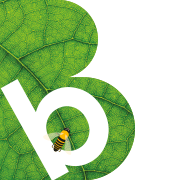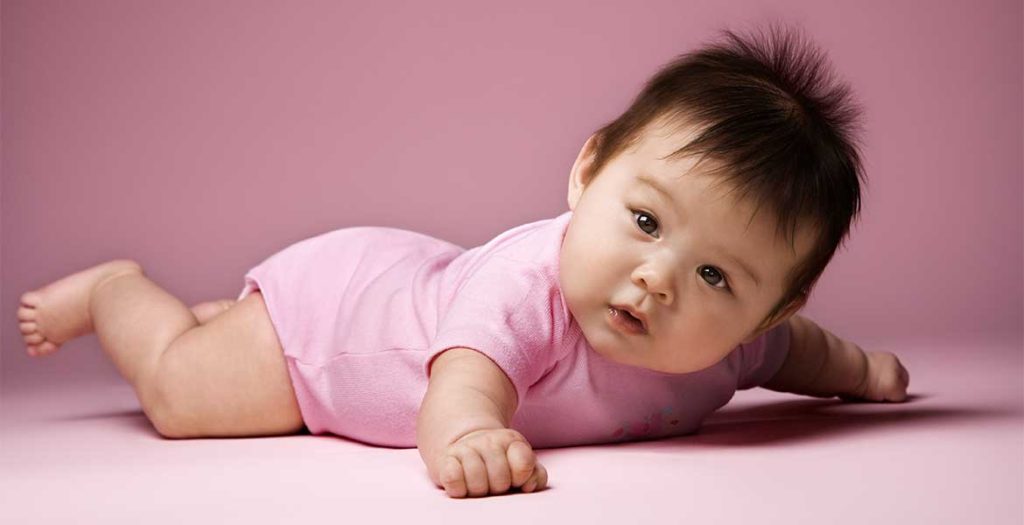We take them for granted: but your baby’s muscles provide the power that make babies’’ bodies work
Radhika Holmstrom explains
When we think about child development, we don’t usually think about muscles. Yet their development is what will transform your baby from a floppy newborn to a sturdy toddler.
Muscles 101
Muscles do a great deal more than bending and stretching. Our bodies contain around 650 in two main types: ‘smooth’, or ‘involuntary’ muscles and ‘skeletal’, or ‘voluntary’ ones.
The smooth type keep our internal organs ticking over. They’re in the walls of our intestines, stomach, bladder and other hollow organs and most of the time we’re completely unaware of the job they’re doing – with some notable exceptions, like the muscles of the uterus during labour!
The skeletal type are attached to our bones by tendons and we use them to control all movements. When we contract these, they pull on the bone, which in turn pulls on the joint to which it is attached. These muscles can’t push back, so they are paired with ‘antagonistic’ muscles to pull back in the other direction. Healthy muscles never relax completely: they maintain that slight tension which we think of as ‘muscle tone’.
 Muscle development month by month
Muscle development month by month
In a newborn, voluntary muscle control is weak – after all, they’ve spent 40 weeks in a cramped space.
Once your child’s out in the world, that floppiness lasts only a few weeks. Control starts with the large muscles in the arms and legs, followed by small ones in fingers and eyes. It progresses downwards from the head and starts at the centre of the body, before again moving out from the torso to arms and legs. The first sign of voluntary muscle control comes when they start being able to wave their hands at objects and keep their heads steady by using the muscles in their necks.
By around four months babies can hold their heads up for quite a while and other muscles are building up nicely too. Rolling and sitting can start at around this time – though that’s pretty early, so don’t worry at all if your baby still needs propping up – and as their back and torso muscles strengthen, they can sit up unaided for increasing periods of time. As they learn to differentiate between parts of the body, they get greater control still. Alongside this, of course, they’re continuing to reach out and use their hands and ngers – and although this sort of small muscle control takes longer to perfect, that initial star sh apping has already become a much more deliberate grasp.
Another big push – literally – comes as they get to grips with crawling and standing. As part of that, they’re learning to bend and straighten their knees at will; and as their muscles strengthen, they learn to stand independently, thanks to the quadriceps and hamstrings working to keep them on their feet.
Muscle management
At the beginning, one of the things you can do for your baby’s muscle development is ‘tummy time’ – a short period flipped onto their tummy. Their automatic response is to lift their head and push up, in order to explore the world around them; and those large, central muscles in their neck, shoulder and torso all get a workout as a result (don’t let them fall asleep in that position, though – if they drop off, flip them back again in order to reduce the risk of cot death).
As they get older, encourage them to play in different positions (on their sides, reaching out, and so on). By the time they’re walking, they’re able to control their muscles pretty well and from now on it’s mainly a matter of exercising and strengthening them. There’s some evidence that children with more lean muscle mass have stronger bones – which will stand them in very good stead in later life; and in any case it’s a very good thing to get children used to being active as early as possible. However, don’t feel you have to push a child to start crawling or walking before they’re ready – some babies are walking before 12 months, while others take a good six more and this is all perfectly normal. Take care with baby walkers as although they can help your baby develop their muscles by pushing up on their legs, they can lead to dangerous accidents if left unsupervised.
The whole picture
None of this, obviously, happens in isolation. When your baby sits up and reaches out for a toy or towards your face, all kinds of things are going on beyond muscle control – they’re developing their overall abilities to see, recognise and deal with the world. Yet it’s their muscles that are making it possible: pulling their joints, keeping them steady and enabling them to focus their eyes. And when you smile back at them, your muscles are making that happen as well.
The muscles of the heart
Alongside smooth and skeletal muscles we have one third type: cardiac muscle, found only in the heart. Unlike every other muscle in the body, this works non-stop: contracting to push blood out of the heart and relaxing to ll it again, in a steady pumping action which starts in utero and continues for the whole of our lives.
Concerns about your baby’s muscular development
Not all babies progress in the same way. Some continue to be quite ‘ floppy’, without any noticeable muscle control or tone, for months. This can be caused by different things; and while it may be nothing major to worry about, it may need to be taken up with the specialists.
If you’re concerned about your baby – for instance, if they’re not managing any head control at all by six months, or they’re having continual problems sucking and swallowing – do talk to the professionals and if need be, ask for a referral.


 Muscle development month by month
Muscle development month by month